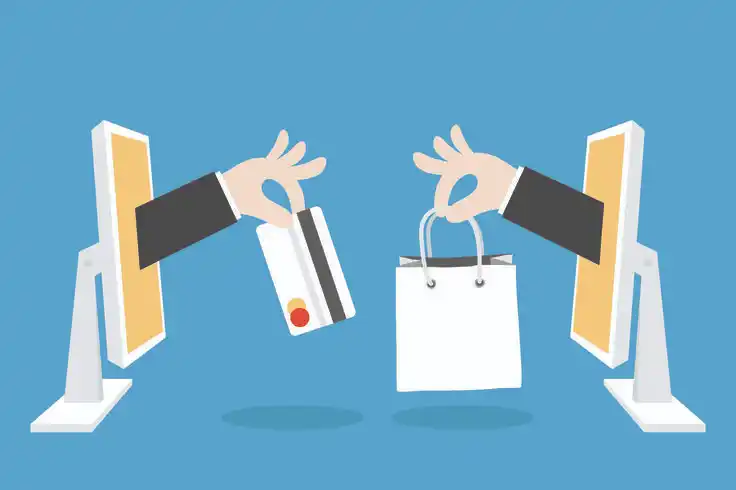Zeeshan and Karina Hayat’s Approach to Startup Customer Acquisition

For any startup, securing those first 10 customers can feel like an overwhelming milestone. However, startup customer acquisition is a crucial process that sets the foundation for your business by providing the insights, feedback, and credibility you need to refine your offering and prove your value in the market. With the right strategy, the process of securing your first ten customers becomes not only achievable but a powerful opportunity to build lasting relationships and momentum for your startup.
Tap into Your Network with Intentionality
One of the best customer acquisition techniques is to tap into your personal network. When you’re in the early stages of your startup, your network is your most accessible resource. Whether it’s friends, family, or acquaintances, these people are more likely to give your product a shot, even if it’s still in its MVP (Minimum Viable Product) stage. But it’s crucial to approach this group with a clear focus: don’t just ask anyone to become your customer—find those who genuinely need a solution to the problem your product addresses.
Think about the pain points you’ve personally encountered or observed. Tap into your network of individuals who have experienced this issue first-hand, as they are more likely to recognize the value of your solution and be willing to pay for it.
Don’t Fear Charging Early On
It can be tempting to offer your product for free in the early days, especially when you’re trying to attract your first customers. While this can attract attention, it often brings in people who aren’t fully invested in the problem or in providing feedback. Instead, charge for your product from the start. Charging—even a small fee—helps you gauge how seriously customers view the problem you’re solving. If people are reluctant to pay, it may signal that the problem isn’t pressing enough to warrant a paid solution.
Charging customers early also helps you establish a sustainable revenue stream, validating that your product has tangible value. It’s not just about generating income; This approach is an important part of customer acquisition techniques that ensure you’re attracting the right type of customers who can provide valuable feedback.
Qualify, Don’t Just Acquire
At this stage, quality over quantity is key. Your goal isn’t to simply get customers—it’s to get the right customers who will help you improve your product. Ask questions that will help you assess whether the person truly experiences the problem you’re solving. These questions can include:
- How are you currently handling this issue?
- How urgent is this problem in your daily life/business?
- How likely are you to pay for a solution to this problem?
Use this feedback to qualify customers, not just acquire them. Solid customer acquisition techniques like this ensure that your early customers are not just willing to pay, but are also invested in helping you fine-tune your product and validate your assumptions.
Focus on the Problem, Not the Product
While it’s tempting to put all your energy into perfecting your product, it’s more important to focus on the problem it solves. A problem-focused mindset allows you to attract the right customers—those who are actively looking for solutions and who will feel a greater sense of satisfaction with your product. By zeroing in on a specific pain point, you can develop a product that addresses it in the most effective way possible, leading to better customer satisfaction and more organic growth.
Take the time to deeply understand the problem you’re solving, and ensure that your product messaging clearly communicates how your solution provides tangible benefits to the customer. This clarity will resonate more with your target audience and help you gain traction in your startup customer acquisition efforts.
Embrace Feedback and Iterate Quickly
Once you’ve secured those first customers, embrace their feedback with open arms. Early-stage customers are some of the best sources of constructive criticism. They’ll tell you what works, what doesn’t, and what needs improvement. Be prepared to listen and iterate on your product quickly, especially in the early days when flexibility is your greatest advantage. Agility in refining your product based on real customer feedback will set you on the path to growth.
You might need to pivot your approach or add new features to address customer needs, but each adjustment is a step closer to achieving product-market fit. The feedback loop from early customers will play a significant role in refining your customer acquisition techniques.
Conclusion: Quality Relationships Fuel Startup Success
Your first 10 customers aren’t just numbers—they’re the foundation of your startup’s future. By seeking out customers who are genuinely invested in solving the problem you address, charging for your product to establish value, and qualifying customers with thoughtful questions, you can set the stage for long-term success. Focus on cultivating strong, lasting relationships with those who provide critical feedback and are eager to see your product improve. With the right mindset, your first ten customers will not only validate your idea but also help shape the future of your startup.
Are you focusing on the customers who are ready to pay for your solution, or just those who are curious?
